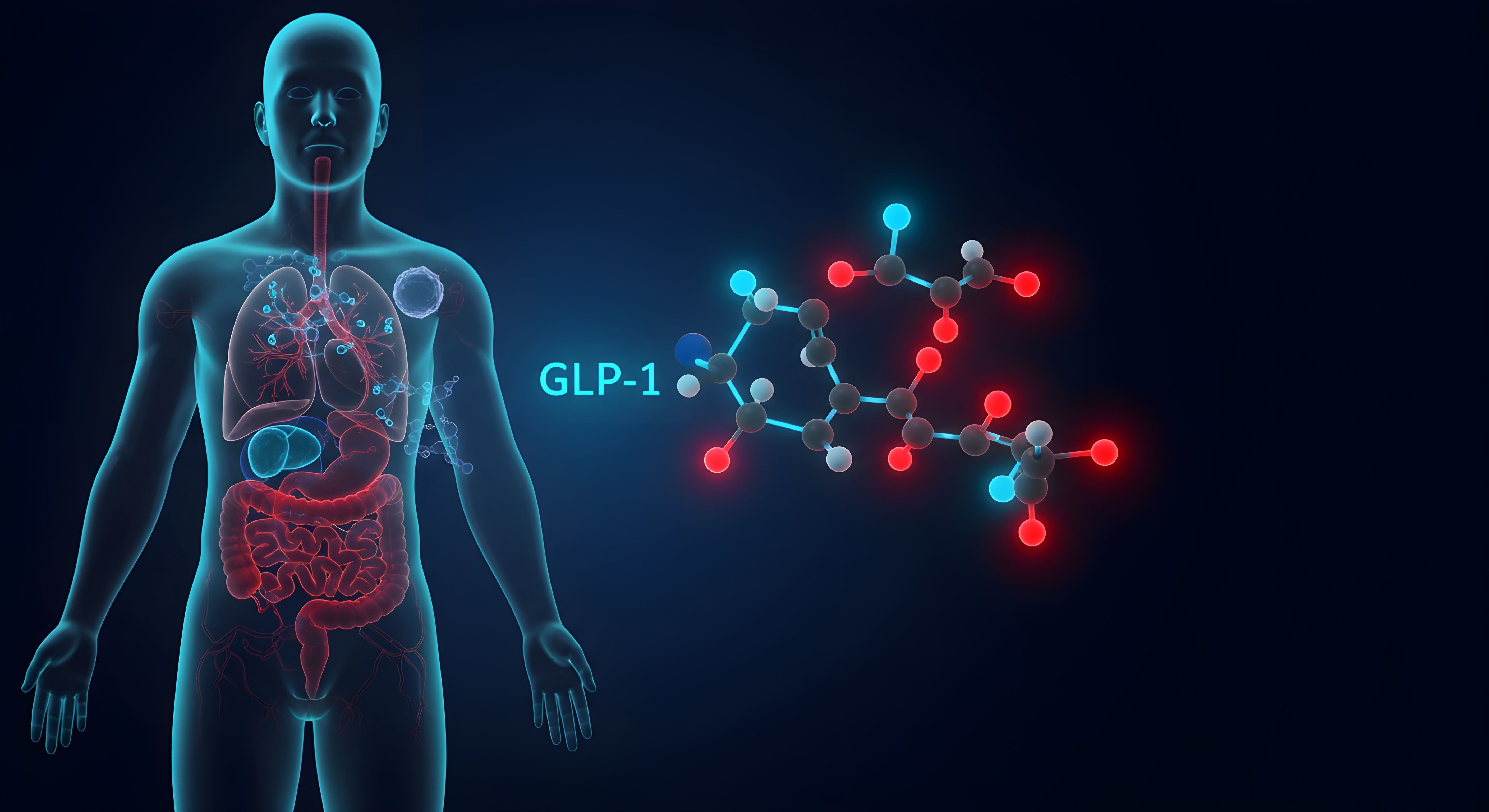News
Article
Antidepressants Differ by Long-Term Response in Major Depression
Author(s):
Antidepressants are differentiated by long-term response in a 2-year cohort study of patients with MDD.
Inna_AdobeStock

Antidepressants differ in improving symptoms and preventing relapse of major depressive disorder (MDD) over a 2-year period, according to a nation-wide cohort study1 in Denmark. The study, designed to emulate a randomized controlled trial (RCT), compared long-term response of 17 antidepressants within their respective pharmacologic classes.
Lars Vedel Kessing, MD, of the Copenhagen Affective Disorder Research Center, Psychiatric Center Copenhagen, and colleagues point out that clinical trials of antidepressants are commonly conducted against placebo, with few comparing active agents and fewer extending beyond short-term assessment of acute effects.
They reference a comprehensive, systematic review and meta-analysis2 of 522 trials comprising 21 different antidepressants that differentiated some by acute treatment response, but point out that the need remains for comparisons by long-term effect.
"Although antidepressants also reduce relapse rates, there is no consensus on which antidepressants should be preferred as a first option for long-term use," Kessing and colleagues assert.
The present study, the investigators describe, "presents for the first time systematic, population-based, nationwide data on comparative 2-year long-term response within 6 antidepressant drug classes and 17 different antidepressants in patients with a first diagnosis of MDD in psychiatric hospital settings."
Differentiating Antidepressants by Long-Term Response
The investigators accessed Danish national health care records from between 1995 and 2018 to identify 106,920 patients treated for a first diagnosis of a single depressive episode or recurrent depressive disorder who then obtained a prescribed antidepressant. The cohort excluded patients with additional mental health disorder diagnoses and those who initially obtained multiple prescriptions, or who had antidepressants or antipsychotics prescribed 1 and 5 years prior to the index diagnosis.
The antidepressants were compared within pharmacologic classes, and within each to a reference medication. Sertraline was the reference in both the selective serotonin reuptake inhibitor (SSRI) and noradrenalin reuptake inhibitor (NARI) classes, following Danish National Board of Health guidelines associating sertraline with fewer drug interactions, less association with cardiac effects, and greater safety during breast feeding.
Although 8 pharmacologic classes were identified, the comparative analysis was not conducted when the sample size was less than 100. Six classes were used in the final analysis—then excluding monoamine oxidase inhibitors (MAOIs) versus sertraline, as well as bupropion versus sertraline. In addition to the SSRI and NARI, the classes were serotonin and noradrenalin reuptake inhibitors (SNRIs), venlafaxine reference, adrenergic receptor inhibitors (NaSSAs), mirtazapine reference, tricyclic antidepressants (TCAs), amitriptyline reference, and “other,” with sertraline reference.
The study's primary measure was non-response, defined as switch to or add-on of another antidepressant, an antipsychotic or lithium, or inpatient hospitalization for depression. The analyses yielded estimated risk, risk difference, and relative risk (RR) of non-response for each antidepressant against the corresponding reference during a 2-year follow-up.
Kessing and colleagues report that within the SSRIS, there was no statistically significant difference in absolute or relative risk difference between citalopram and the reference sertraline—but that in comparison with sertraline, there was statistically significantly higher RR of non-response with fluoxetine (1.13 [95% CI 1.10-1.17]), paroxetine (1.06, 1.01-1.10), and escitalopram (1.22, 1.18-1.25).
In other analyses:
- Sertraline ranked higher, with less risk of non-response, than reboxetine in the NARI class.
- Venlafaxine ranked higher than duloxetine in the SNRI class.
- Mirtazapine ranked higher than mianserin in the NaSSA class.
- Imipramine was not statistically different from amitriptyline, which ranked higher than nortriptyline, clomipramine, and dosulepin in the TCA class.
- Sertraline ranked higher than agomelatine and vortioxetine in the "other" class.
Contrasting Antidepressant Assessments
Kessing and colleagues contrast some findings with those from a previous comparison2 of antidepressants by meta-analysis of short-term trials—typically 8 weeks—conducted by Andrea Cipriani, MD, of the Department of Psychiatry at the University of Oxford, and colleagues. Cipriani's group found, for example, no statistically significant differences in odds ratios (OR) of response between sertraline and other SSRIs, or between sertraline and reboxetine, agomelatine, or vortioxetine. There was also no statistically significant difference between the TCAs amitriptyline and clomipramine.
In addition to the principal differences in these studies of short- and long-term treatment durations, Kessing and colleagues point out that their "real-world," naturalistic, register-based data minimized selection bias as well as recall bias. They also note that the meta-analysis encountered variations between clinical trials in design and cohort criteria and had relatively low statistical power available for some of the comparisons.
Cipriani discussed this latest comparison of antidepressants and its focus on longer-term treatment with Psychiatric Times®. According to Cipriani, the findings that antidepressants are not all created equal for the maintenance treatment of depression and that there are differences within the same drug class, "is in line with what we found for the acute treatment of depression in our previous network meta-analyses of randomized controlled trials."
Although their meta-analysis of all RCTs, including antidepressants versus placebo, revealed few differences in rates of response, subsequent analysis of only the head-to-head comparative trials did reveal diversity in range of efficacy and dropout patterns. In that analysis, agomelatine, amitriptyline, escitalopram, mirtazapine, paroxetine, venlafaxine, and vortioxetine were the most effective; and fluoxetine, fluvoxamine, reboxetine, and trazadone were the least efficacious.
Cipriani commented on the differences between RCTs and "real world" observations as a basis for comparing efficacy of agents. A principal distinction, he pointed out, is that RCTs apply strict inclusion and exclusion criteria and are designed primarily to assess relative effects.
"Some studies have aimed to explore and quantify potential differences in drug effects between RCTs and observational real-world studies for the treatment of depression with selected antidepressants—ie, venlafaxine and duloxetine," Cipriani noted.
"Differences in effect sizes between these real-world studies and RCTs were found, but it remains unclear whether they were due to differences in study populations—selected in RCTs versus unselected in real-world studies—or due to other factors. This is relevant, as lack of representativeness might impact the generalizability of RCT findings to real-world populations, particularly when there are important differences in the distribution of effect modifiers between RCT and RW patient populations."
Cipriani anticipates that additional studies will help overcome the dichotomy between observational and randomized data, and appreciates that both contribute complementary information that can advance treatment.
"The big challenge now is to move from estimating average effects at population level to predicting which is the best outcome for each individual patient, so we can personalize treatment and move a step forward in the field of precision psychiatry," Cipriani said.
Dr Bender reports on medical innovations and advances in practice and edits presentations for news and professional education publications. He previously taught and mentored pharmacy and medical students, and he provided and managed pharmacy care and drug information services.
References
1. Kessing LV, Ziersen SC, Andersen FM, et al. Comparative responses to 17 different antidepressants in major depressive disorder: results from a 2-year long-term nation-wide population-based study emulating a randomized trial. Acta Psychiatr Scand. 2024;149(5):378-388.
2. Cipriani A, Furukawa TA, Salanti G, et al. Comparative efficacy and acceptability of 21 antidepressant drugs for the acute treatment of adults with major depressive disorder: a systematic review and network meta-analysis. Focus (Am Psychiatr Publ). 2018;16(4):420-429.
Newsletter
Receive trusted psychiatric news, expert analysis, and clinical insights — subscribe today to support your practice and your patients.






